When a brand-name drug’s patent is about to expire, the race to bring out the cheapest version doesn’t start with a price cut - it starts with a lawsuit. The 180-day exclusivity rule, created by the 1984 Hatch-Waxman Act, is the single biggest financial incentive for generic drug makers to challenge patents. It’s not just a waiting period. It’s a legal jackpot. If you’re the first to file a challenge and win, you get six months of exclusive rights to sell the generic version - no competition, full pricing power. For a blockbuster drug, that window can mean over a billion dollars in profit. But here’s the catch: if you don’t move fast enough, or if you mess up the paperwork, you lose everything. And sometimes, you don’t even get to sell at all.
How the 180-Day Clock Starts
The clock doesn’t tick when the FDA approves the generic drug. It doesn’t even start when the court rules on the patent. It starts on the earliest of two events: either the day the first generic company begins selling the drug, or the day a court says the brand-name patent is invalid or not infringed. That’s critical. A company can file its application, win the lawsuit, and still sit on the drug for months - and the exclusivity period keeps running. That’s how some drugs have seen delays of years before generics hit the market, even after the patent was knocked out.
Take buprenorphine/naloxone sublingual film. In 2018, the FDA issued a clarification that made it clear: if a generic company wins its patent challenge but waits too long to start selling, the exclusivity doesn’t pause. It keeps ticking. That ruling didn’t just apply to that one drug - it set a precedent for how all 180-day exclusivity cases are handled now. Companies can’t afford to wait for the perfect market timing. If they delay, they risk losing the window entirely.
Who Gets the Exclusivity? It’s Not Always Who You Think
Being the first to file an ANDA (Abbreviated New Drug Application) with a Paragraph IV certification - meaning you’re claiming the patent is invalid or won’t be infringed - sounds simple. But it’s not. The FDA doesn’t just look at the date on the envelope. It checks whether the application is “substantially complete.” That means all the data, chemistry, manufacturing, and labeling documents are there. If one form is missing, the FDA can reject it as incomplete, and the next filer becomes the first applicant.
There have been lawsuits over this. In Granutec, Inc. v. Shalala, a court ruled that even if you file first, if your application isn’t fully prepared, you don’t qualify. That’s why big generic companies hire teams of regulatory lawyers just to make sure every comma is in the right place. One typo, one missing signature, and you’re out. Meanwhile, another company files the next day with a clean application - and suddenly, they’re the one who gets the six-month monopoly.
Forfeiture: Losing the Prize Before You Even Win
The 2003 Medicare Modernization Act added a layer of risk: forfeiture. If the first applicant doesn’t start selling the drug within 75 days after the FDA approves it - or within 30 months of submitting the ANDA - they lose their exclusivity. Even if they won the patent case, if they don’t get the product on shelves fast enough, they’re punished. This rule was meant to stop companies from sitting on exclusivity while waiting for the brand-name drug’s patent to expire. But in practice, it’s become a minefield.
Some generic manufacturers have filed ANDAs, won their court cases, and still lost exclusivity because of delays in manufacturing or FDA inspections. Others have been caught in legal limbo when appeals drag on. The FDA has said that if a district court rules the patent is infringed - and that decision is appealed - the exclusivity clock can pause. But if the appeal fails, the clock restarts from where it left off. It’s a legal tangle that only specialized attorneys can untangle.
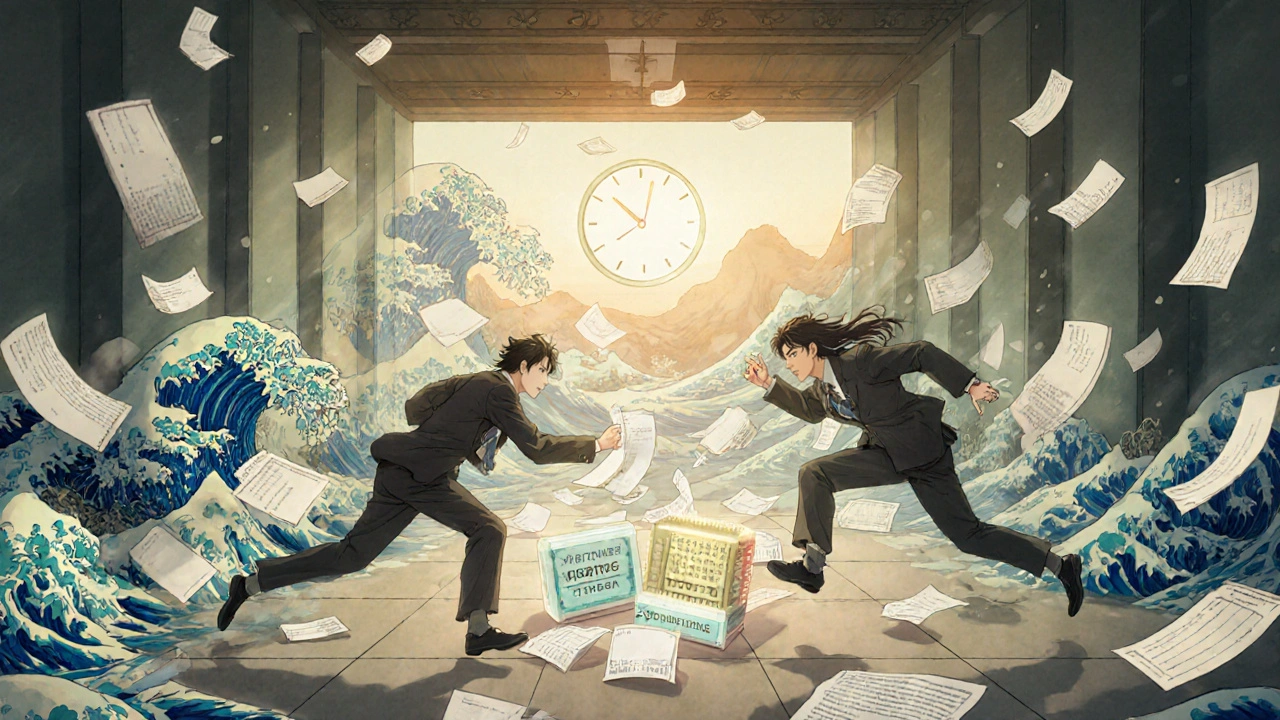
Why This System Still Exists - And Why It’s Broken
The Hatch-Waxman Act was designed to fix a broken system. Before 1984, generic drugs couldn’t even get approved without doing full clinical trials. That made them too expensive to produce. Hatch-Waxman let generics rely on the brand-name company’s safety data, slashing development costs. In return, it gave them a powerful incentive: the 180-day exclusivity. It worked. Generic drugs went from 19% of prescriptions in 1984 to over 90% today, saving the U.S. healthcare system more than $1.7 trillion in the last decade.
But the system has a flaw. The exclusivity isn’t tied to market entry - it’s tied to legal outcomes. If the first applicant delays selling the drug while patent litigation drags on for five years, no other generic can enter. That means patients pay brand prices for years after the patent should have expired. Consumer groups and even some generic manufacturers are calling this a loophole. The FDA noticed too. In March 2022, it proposed a major change: make the exclusivity start only when the drug is actually sold, not when the court rules. That way, the six-month window can’t stretch into years.
The proposal also suggests a new rule: if a generic company sells its drug more than five years before the patent expires, they get 270 days instead of 180. That’s a huge shift. It’s meant to reward companies that challenge patents early - not just those who wait for the last possible moment.
How This Compares to Other Exclusivity Rules
The 180-day exclusivity is different from other types of drug protection. New chemical entities get five years of data exclusivity. New formulations or uses get three years. Pediatric extensions can add six months. But those all prevent generic applications from even being filed. The 180-day exclusivity only kicks in after a generic company challenges a patent and wins. It’s not about protecting innovation - it’s about rewarding litigation.
Compare that to biosimilars, which are the generic version of biologic drugs. Under the BPCIA, the first interchangeable biosimilar gets 12 months of exclusivity. But unlike the 180-day rule, multiple companies can share that time if they file together. There’s no winner-takes-all. That’s one reason why biosimilar entry has been slower than traditional generics - the incentives aren’t as sharp.
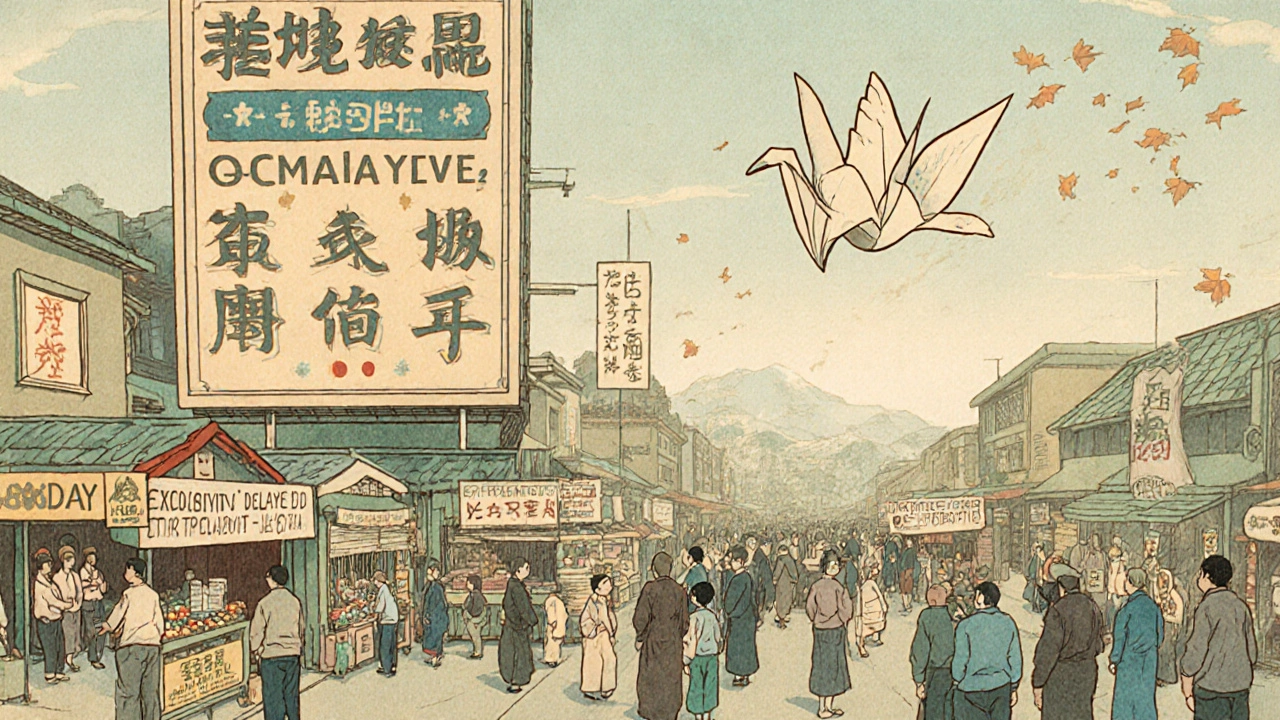
What Happens When Two Companies File on the Same Day?
It’s rare, but it happens. If two generic companies file identical ANDAs with Paragraph IV certifications on the same day, the FDA has rules to pick a winner. It looks at the time of submission, the completeness of the application, and sometimes even which company submitted first electronically. The agency has said that if multiple applicants qualify as “first,” they can share the exclusivity - but only if they all meet the same criteria. In practice, though, the FDA usually picks one. That’s because sharing exclusivity opens the door to lawsuits between the companies. Most prefer to avoid that.
That’s why some companies delay filing until they’re sure they’re the only one. Others use legal teams to monitor competitor filings in real time. It’s not just a regulatory race - it’s a corporate espionage game.
Who Benefits? Who Gets Left Behind?
Big generic manufacturers like Teva, Mylan, and Sandoz have the resources to play this game. They have teams of patent lawyers, regulatory experts, and compliance officers. They can afford to file ANDAs months before a patent expires, even if they don’t know if they’ll win the case. Smaller companies? They often can’t. They wait until the patent is clearly weak - but by then, someone else has already filed. That’s why the 180-day exclusivity system favors the big players. It’s not just about money - it’s about access to legal firepower.
Patients lose when exclusivity is delayed. Prescribers lose when they can’t switch to cheaper generics. Even brand-name companies lose in the long run - because if generics never enter, the public and regulators start questioning why patents are being used to block competition instead of protect innovation.
What’s Next for 180-Day Exclusivity?
The FDA’s 2022 proposal is still under review. If it passes, it will be the biggest change to the Hatch-Waxman Act in 20 years. It could end the practice of “evergreening” patents - where brand-name companies file weak patents just to delay generics. It could also make it harder for generic companies to game the system by delaying launches.
But change won’t come easy. The pharmaceutical lobby is powerful. Generic manufacturers who’ve built their business models around the current rules will fight to keep them. And the courts? They’ve spent decades interpreting this law. A new rule will mean new lawsuits.
For now, the system stays. The race continues. Companies still file ANDAs at midnight on the day a patent expires. Lawyers still pore over court rulings. And patients still wait - sometimes years - for the price to drop.
What is the 180-day exclusivity under the Hatch-Waxman Act?
The 180-day exclusivity is a legal incentive given to the first generic drug company that successfully challenges a brand-name drug’s patent by filing an ANDA with a Paragraph IV certification. It blocks other generic companies from selling the same drug for 180 days, starting either when the generic is first sold or when a court rules the patent is invalid or not infringed - whichever comes first.
How does a generic company qualify for 180-day exclusivity?
To qualify, a generic company must be the first to submit a substantially complete Abbreviated New Drug Application (ANDA) that includes a Paragraph IV certification, which claims the brand’s patent is invalid or won’t be infringed. The application must meet all FDA technical requirements - missing documents or errors can disqualify even the first filer.
Can a generic company lose its 180-day exclusivity?
Yes. Under the Medicare Modernization Act of 2003, a company can forfeit its exclusivity if it doesn’t begin commercial marketing within 75 days after FDA approval, or within 30 months of submitting its ANDA. The FDA can also strip exclusivity if the company engages in anti-competitive behavior or fails to meet legal deadlines.
Why do some generic drugs take years to enter the market after a patent expires?
Under the current system, the 180-day exclusivity clock starts when a court rules on the patent - not when the drug is sold. If the first generic company wins its case but delays selling the drug while appeals drag on, no other generics can enter. This allows the first company to delay competition for years, even after the patent is invalid - a loophole the FDA has proposed to fix.
What’s the difference between 180-day exclusivity and other types of drug exclusivity?
Other exclusivities - like 5-year new chemical entity exclusivity or 3-year new clinical investigation exclusivity - prevent generic applications from being filed at all. The 180-day exclusivity only blocks competitors after a patent challenge is filed and won. It’s the only exclusivity tied to litigation, not data or innovation.

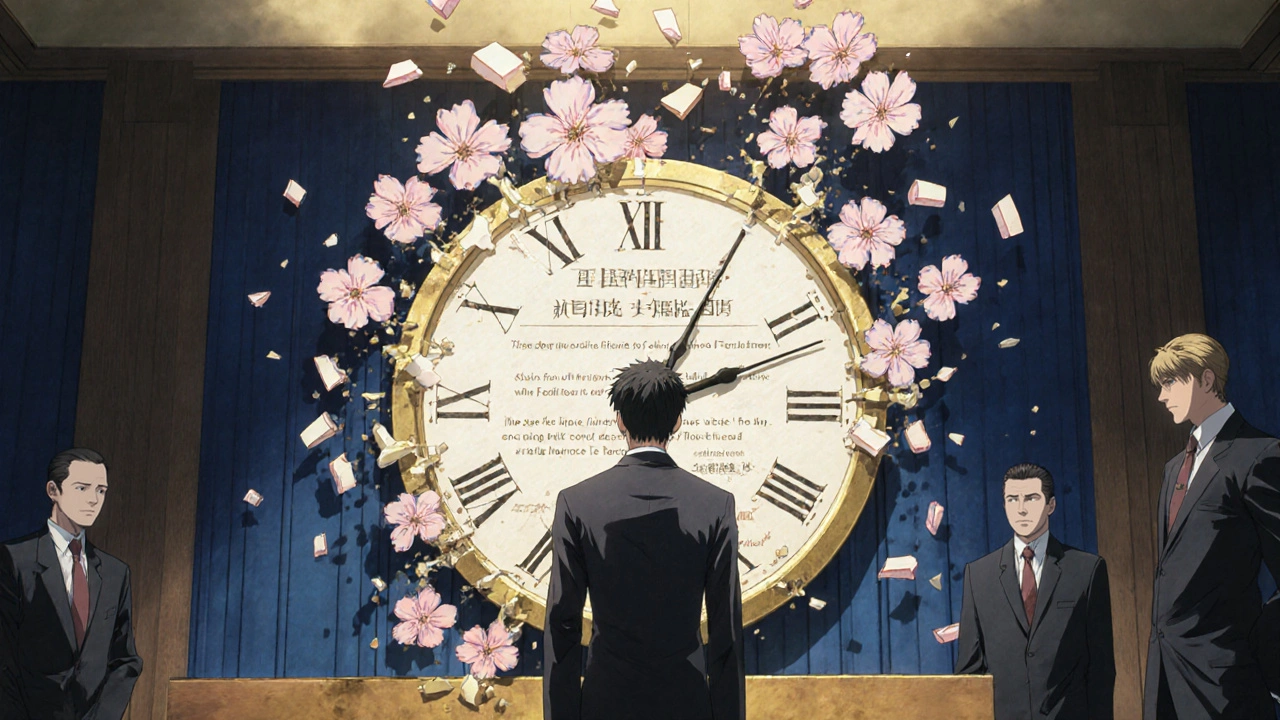
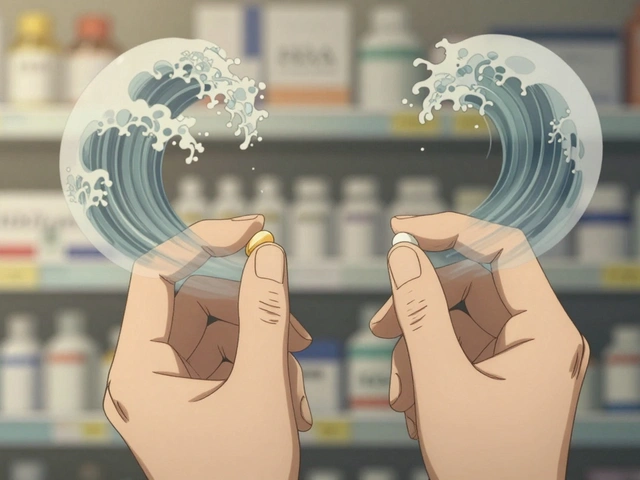
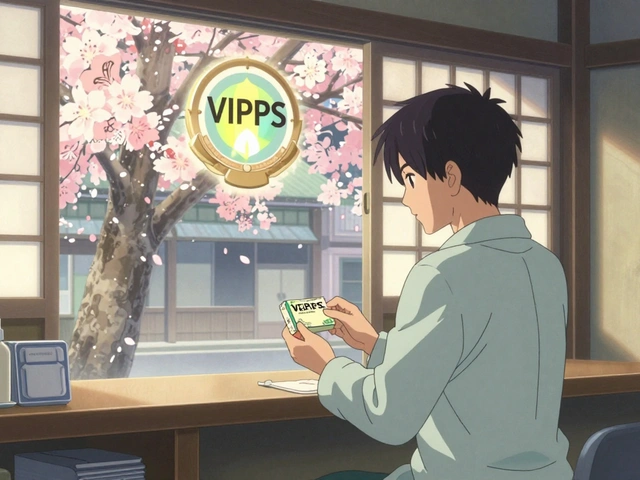
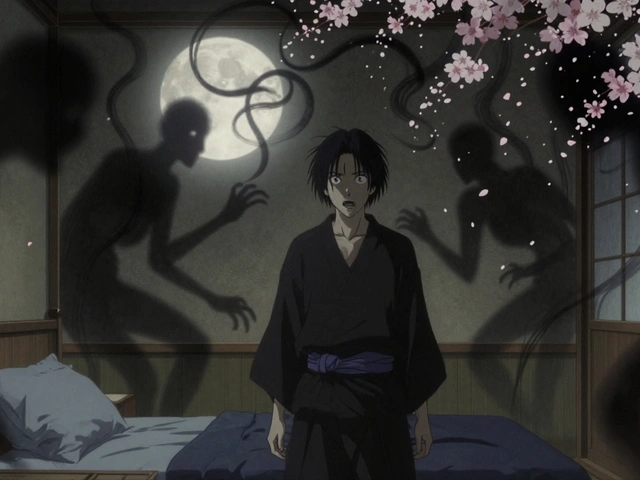

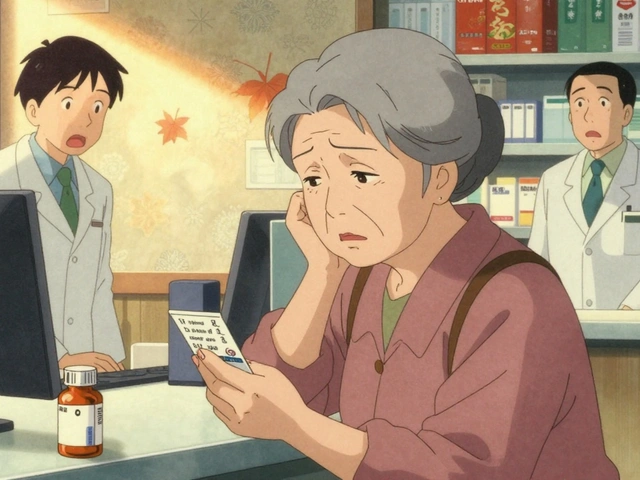


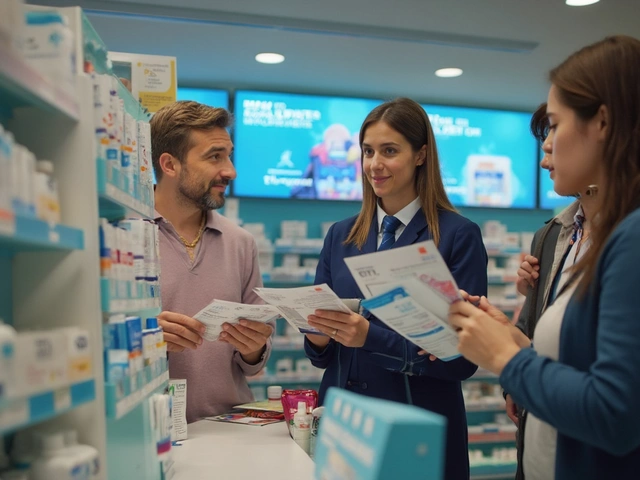
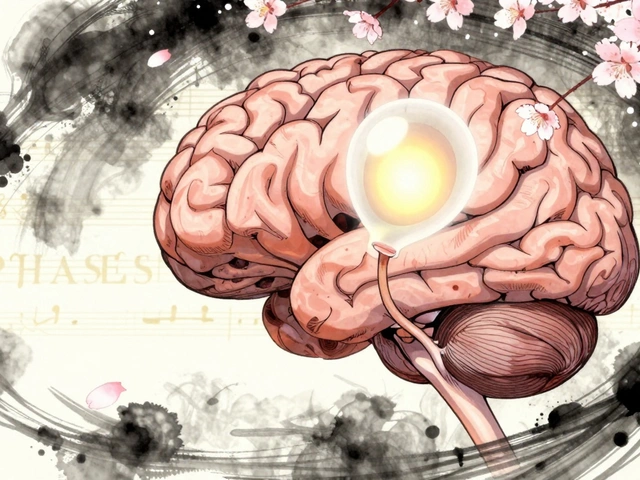

Nikki C
25 Nov, 2025
So the whole system is basically a legal poker game where the biggest stack wins and patients pay the price
Why does anyone think this is healthcare and not Wall Street?
Alex Dubrovin
25 Nov, 2025
I read this and just thought about how my insulin cost $600 last year and now it's $35 but only because some startup filed the right paperwork on the right day
It's insane that a comma can decide if you live or die
Victoria Stanley
25 Nov, 2025
For anyone wondering why generic prices don't drop faster - this is why. The system was meant to help, but now it's a maze only corporations can navigate. Small pharmacies and patients are stuck in the middle. I've seen too many people skip doses because they can't afford the brand even after the patent expired. It's not just legal - it's moral.
steven patiño palacio
25 Nov, 2025
The 180-day exclusivity rule was never designed to be a weapon. Hatch-Waxman intended to balance innovation and access. But over time, the incentives warped. Companies now invest more in legal strategy than in manufacturing. The FDA's 2022 proposal is the most sensible reform in decades - it aligns exclusivity with actual market entry, not court dates. If passed, it could finally close the loophole that lets patents live on in practice, even when they're dead on paper.
stephanie Hill
27 Nov, 2025
You think this is about drugs? Nah. This is how the pharmabros control the entire system. The FDA? Owned. The courts? Bought. Even the 'first filer' rule? A trap. They let one small company win just so everyone else thinks they have a shot. Meanwhile, the real players - the big ones - sit back and wait for the chaos to clear. And you? You're just supposed to be grateful when your blood pressure med finally drops to $20 after five years. Don't fall for the fairy tale. This is a cartel with white coats.
Akash Chopda
28 Nov, 2025
They control everything. Even the timestamp on the ANDA submission. I know someone who worked at a generic lab. They said the FDA servers sometimes glitch right before midnight on patent expiry day. Someone always wins by 0.03 seconds. Coincidence? I don't think so
Jacob McConaghy
29 Nov, 2025
I get why big pharma hates this system - but honestly, the real losers are the small generic companies. They don’t have the legal teams to fight over commas and signatures. I’ve talked to founders who spent $2M preparing an ANDA, only to lose because a form was printed on the wrong paper. Meanwhile, Teva just files ten versions and waits for the one that sticks. It’s not capitalism. It’s survival of the most lawyered.
Natashia Luu
30 Nov, 2025
I find it profoundly disturbing that the United States, a nation that prides itself on innovation, has institutionalized a system wherein the most litigious entity - not the most efficient, not the most ethical, not the most patient-centered - is granted a monopoly on life-saving medication. This is not a market. This is a legal dystopia masquerading as policy.
akhilesh jha
1 Dec, 2025
I wonder if the FDA has ever considered that maybe the real problem isn't the timing of the exclusivity - but the fact that we still let patents on drugs exist at all. If a molecule is natural, why should anyone own it? The whole system feels like someone took a 1980s spreadsheet and called it medicine.